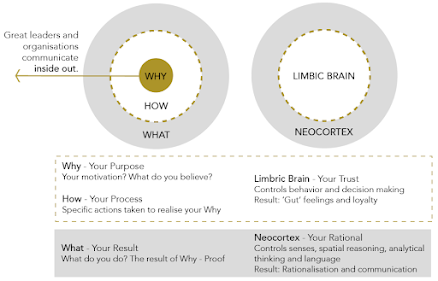The Kybalion is a book written by three anonymous authors in the early 1900s. It was originally published as a pamphlet and later released as a full-length book. The Kybalion is considered to be one of the most influential works on Hermetic philosophy, which combines elements of spirituality, mysticism, alchemy and ancient wisdom with modern science and psychology.
At its core, The Kybalion focuses on seven principles that are said to govern all aspects of life:
The ideas presented in The Kybalion have been embraced by many spiritual seekers who use them to gain greater insight into their own personal growth journey as well as understand more deeply how they can interact with their environment around them from both physical and metaphysical perspectives. Ultimately it’s up to each individual reader whether or not they find value in this work; however those who do may find themselves better equipped for navigating life’s challenges while also tapping into higher levels of consciousness than ever before!
Difficult book to read, my takeaways.
"The Principles of Truth are Seven; he who knows these, understandingly, possesses the Magic Key before whose touch all the Doors of the Temple fly open."--The Kybalion.
The Seven Hermetic Principles, upon which the entire Hermetic Philosophy is based, are as follows:
1. The Principle of Mentalism.
2. The Principle of Correspondence.
3. The Principle of Vibration.
4. The Principle of Polarity.
5. The Principle of Rhythm.
6. The Principle of Cause and Effect.
7. The Principle of Gender.










